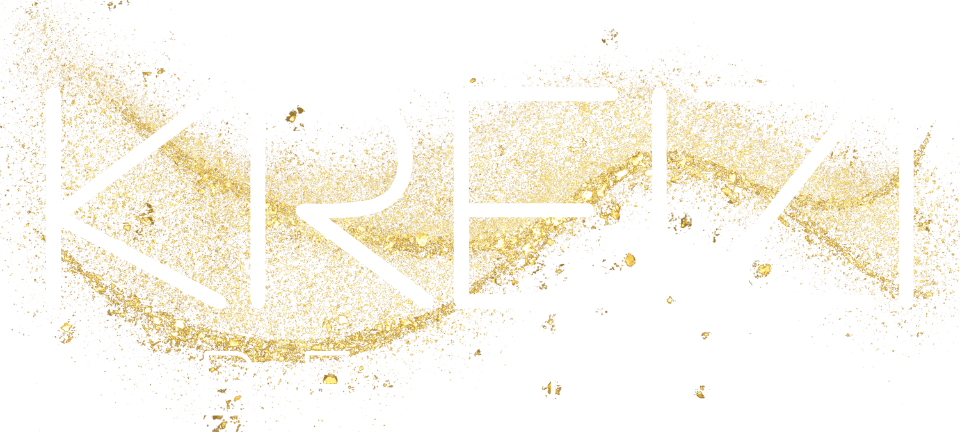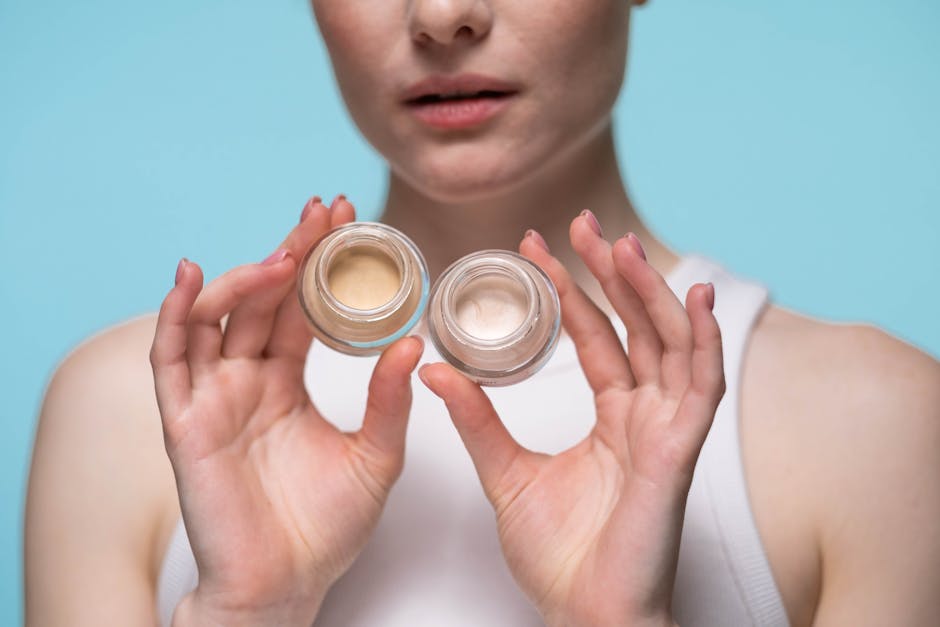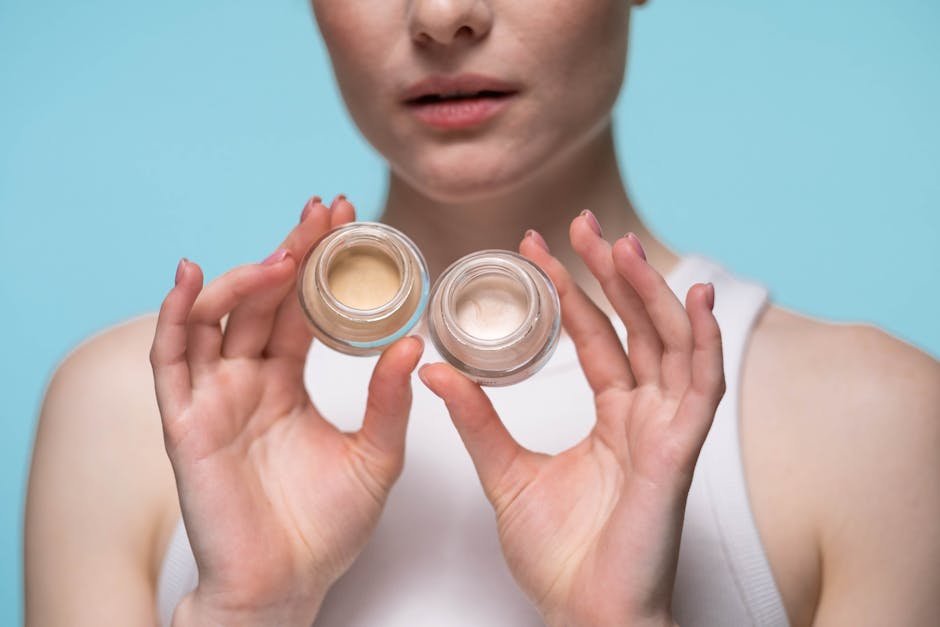Introduction to Clean Cosmetic Products
When we talk about clean cosmetic products, we’re diving into a world that values not just beauty, but health and the environment too. ‘Clean’ means these products are carefully made to exclude harmful chemicals and additives that can damage our skin and the planet. Think of it as choosing a meal; you’d prefer one with fresh, wholesome ingredients over something processed with ingredients you can’t pronounce, right? That’s the idea with clean cosmetics. They promise beauty solutions without compromising on safety, using formulations that lean more on natural, often plant-based, ingredients. This trend isn’t just a fad; it’s a movement towards transparency, sustainability, and health-consciousness in the beauty sphere. So, understanding what “clean” really means is the first step to refining your beauty regimen for the better.
Defining “Clean” in the Cosmetic Industry
When we talk about “clean” in the cosmetic industry, we’re not just referring to products that wipe off easily. No, “clean” means so much more. It’s about cosmetics that are created with the health of your body and the environment in mind. These products often avoid harmful chemicals found in traditional makeup and skincare items. Instead, they focus on ingredients that are safe, non-toxic, and often, derived from natural sources. For a cosmetic product to be labeled as clean, it should be free from parabens, sulfates, synthetic fragrances, and phthalates, among other harsh chemicals. But remember, the definition of “clean” can vary from brand to brand. It’s not tightly regulated, so it’s up to you to become a savvy shopper who reads labels and understands what ingredients to avoid. By choosing clean cosmetics, you’re not just doing your skin a favor; you’re also making a positive impact on the environment.
The Importance of Reading Labels on Cosmetic Products
Reading labels on cosmetic products is crucial. It’s like being a detective in your own bathroom, uncovering the truth behind those flashy products. First off, ingredients are listed in order of quantity. If you see something harmful or you’re allergic to at the top, steer clear. Look out for parabens, sulfates, and phthalates—these are the bad guys, often linked to health issues. Also, words like “fragrance” can hide a cocktail of chemicals. Going for products with labels like “paraben-free” or “sulfate-free” can save you from skin irritation or worse. Remember, “natural” doesn’t always mean safe, so keep your eyes peeled and do a little homework on what those complex ingredients really are. Trust me, your skin will thank you.
Key Ingredients to Avoid in Cosmetics
Navigating the cosmetic aisle can be a maze of promises and pretty packaging, but not all that shines is gold. It’s crucial to check the label, not just for what’s in your products, but for what shouldn’t be. Here are a few troublemakers to steer clear of: Parabens, used to prolong shelf life, but they mess with your body’s natural hormones. Phthalates, found in everything from nail polish to hair spray, they’re not your friend if you’re looking for safe cosmetics. They can disrupt hormonal balance. Formaldehyde and formaldehyde-releasing preservatives. Yes, that’s the stuff from high school biology class. It’s used to prevent bacteria growth in water-based products, but it’s a known irritant and linked to cancer. Sulfates, they make things foam and lather, but can strip your skin and hair of natural oils, leading to dryness and irritation. Artificial fragrances, they might smell nice, but they can contain hundreds of unlisted chemicals and are a major cause of allergic reactions. By keeping an eye out for these ingredients, you’re not just making a choice for safer cosmetics, you’re voting for a healthier body and environment.
Natural vs. Synthetic Ingredients: Understanding the Difference
When picking clean cosmetic products, understanding the difference between natural and synthetic ingredients is key. Natural ingredients come from plants, minerals, or animals and have a shorter shelf life. They’re often seen as safer and more environmentally friendly. However, just because something is natural, doesn’t always mean it’s better. Synthetic ingredients are man-made in labs and can mimic natural ones. They are stable, have a longer shelf life, and can sometimes be less harsh. It’s about finding a balance. Know what works for your skin and what you feel comfortable using. Always check the labels and research the ingredients to make informed choices.
How to Identify Truly Clean Cosmetic Products
Spotting clean cosmetic products isn’t as tough as it sounds. First, flip the product over and scan the ingredients. Here’s the lowdown: the shorter the list, the better. Aim for products that boast natural or organic ingredients - these are your golden tickets. Watch out for hard-to-pronounce chemicals. If you wouldn’t eat it, maybe think twice about putting it on your skin.
Next up, look for certification seals like USDA Organic or EcoCert. These badges aren’t handed out like free candy; they mean business. They tell you a product has passed strict standards on ingredients and production methods.
Also, don’t fall for the “free-from” trap. Just because something claims to be free from one bad guy, doesn’t mean it’s not packed with others. Be a smart detective here.
Lastly, companies that truly believe in clean products will be transparent about their ingredients and processes. They’ll happily share what’s inside and why. If you’re digging deep and finding more questions than answers, that’s a red flag.
Remember, going clean isn’t just a one-time switch. It’s about making informed choices, one product at a time.
Tips for Making the Switch to Clean Beauty
Making the switch to clean beauty doesn’t have to be a puzzle. Start by looking at the labels on your current products. If you spot ingredients that are hard to pronounce or you don’t know what they are, it’s a red flag. Aim for products with a short list of ingredients, all of which you recognize. Next, do your research. Not all claims of “natural” or “organic” are trustworthy. Look for certifications like ECOCERT or USDA Organic that verify product claims. Be mindful of packaging too. Opt for products with minimal, recyclable packaging to reduce your environmental footprint. And remember, transitioning to clean beauty is a process. You don’t have to throw out all your existing products at once. Replace them with cleaner options as they run out. This way, you spread out the cost and give your skin time to adjust. Finally, listen to your skin. It’ll tell you what’s working and what’s not. The goal is to find clean products that make you feel good and look great.
Top Recommended Clean Cosmetic Brands
When hunting for clean cosmetic brands, you’re looking for products that are safe for your skin and the environment. A few standouts have made a name for themselves in the clean beauty world. Firstly, Beautycounter is a giant in the clean cosmetics game, offering a wide range of products free from over 1,500 harmful chemicals. They’re big on transparency and safety. Next up, ILIA Beauty blends skincare with makeup, emphasizing organic ingredients and sustainable packaging. Their products are perfect if you’re looking for a beauty boost that also nurtures your skin. RMS Beauty is another top pick, known for their minimalist approach. They use raw, food-grade organic ingredients where possible, aiming for products that are as pure as they get. Don’t overlook Juice Beauty, which has pioneered antioxidant-rich beauty solutions that deliver without compromising on ethical standards or ingredient purity. Lastly, check out Kreizi Beauty for its commitment to clean cosmetics and skin-friendly formulations. These brands not only promise to beautify your appearance but also prioritize your health and the planet’s well-being. They’re worth checking out if you want to make a switch to cleaner, greener beauty routines.
DIY Clean Cosmetic Recipes to Try at Home
Making your own clean cosmetics at home is easier than you think, and it gives you full control over what goes on your skin. Start with something simple like a lip balm. Mix beeswax, coconut oil, and shea butter in equal parts, melt them together, and add a few drops of your favorite essential oil before pouring the blend into containers. Voila, a natural lip balm without the harsh chemicals. For a gentle face scrub, mix sugar with olive oil, and add a little lemon juice for extra freshness. This scrub will exfoliate and moisturize your skin, leaving it soft and glowing. Remember, the beauty of DIY is customization. Feel free to experiment with ingredients based on your skin’s needs. Just ensure you’re using safe, non-toxic items. Embracing the DIY approach not only cuts down costs but also ensures you’re using products free from harmful substances.
Conclusion: Embracing a Cleaner Beauty Routine
Switching to cleaner cosmetic products is not just a trend, it’s a lifestyle choice that prioritizes health and sustainability. Remember, your skin absorbs whatever you put on it, making it crucial to choose wisely. Start by reading labels and avoiding products with harmful chemicals. Opt for brands that are transparent about their ingredients and their impact on both the environment and your well-being. Don’t feel pressured to overhaul your beauty routine overnight. Small changes can make a big difference. Try swapping out one product at a time for a cleaner alternative. And remember, what works for someone else might not work for you. It’s all about finding the right balance and products that suit your skin type and ethical standards. Ultimately, embracing a cleaner beauty routine is a personal journey towards a healthier lifestyle, for both you and the planet.


